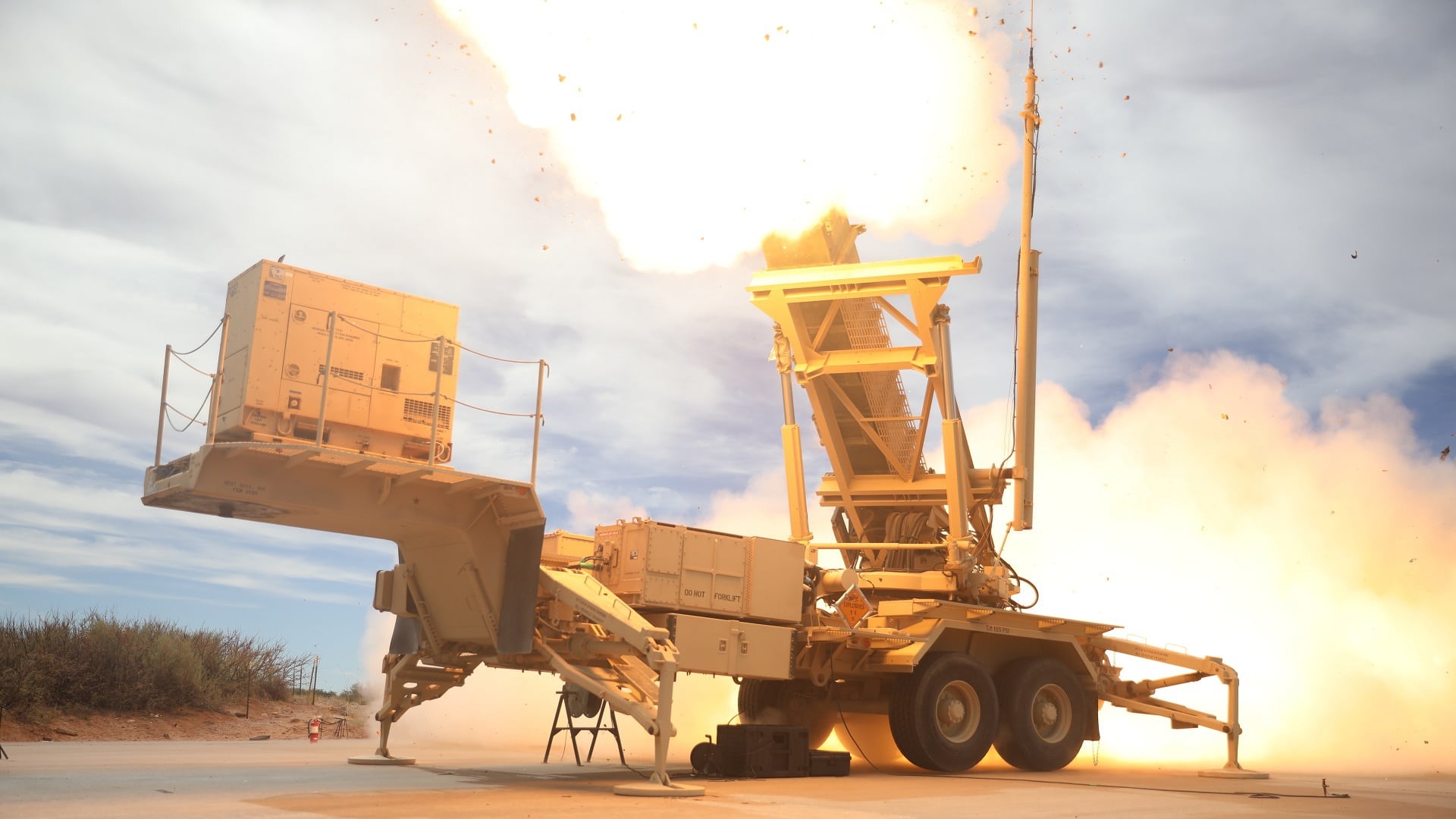Ukrainian President Volodymyr Zelensky last week became the first foreign wartime leader since Winston Churchill in December 1942 to address a joint session of the U.S. Congress. While he received a rousing standing ovation for his remarks and will likely secure $47 billion in additional support from Congress, it is now necessary for Congress to explain to the American people how U.S. interests are being advanced by the nearly $100 billion we’ve given Ukraine to date, what this new support will be used for, and how we will know if the money has been wisely spent.
(Subscribe to Our YouTube Channel Here. Check out More 19FortyFive Videos Here)
First, let’s examine what Ukraine got as a result of Zelensky’s trip. The marquis capacity was Biden’s formally announcement that the U.S. Patriot air defense system will be sent to Ukraine, along with over 200,000 rounds of artillery, rockets, and tank rounds. While many in the U.S. and Ukraine were excited about the Patriot announcement, it is important to understand what one battery can and cannot do.
Limited Effect of a Patriot
Last week Russia launched its ninth round of strategic missile strikes against Ukraine’s energy infrastructure since mid-October, crippling almost half of the country’s electricity generation. Zelensky has been pleading for air defense from the United States and the West almost since the beginning of the war. In the past months, however, the West has been more than generous, providing large numbers of modern air defense systems. The question: Does adding this Patriot battery represent a game-changer for Ukraine? The honest short answer: no.
A Patriot battery ordinarily operates as part of an integrated defense system that may include numerous U.S. and NATO installations. A battery requires a staff of 90 personnel, which will typically need 90 days of training before they can go into operation. A single battery, however, can generally defend a single point target. It is possible for a battery to defend a large portion of, say, the capital city of Kyiv, but even then, not the entire city. As exposed in 2019 when a Saudi-operated Patriot system failed to stop a complex aerial attack from Iran, the system is not foolproof.
The reality is that some number of months from now, a single Patriot will go into operation at a selected location in Ukraine. It won’t change the broader dynamics of Ukrainian anti-missile capabilities.
What Ukraine Says It Needs
Assuming U.S. President Joe Biden eventually signs the $47 billion support package into law, an examination of where that money goes exposes that only about $14 billion will go toward additional new weapons.
In a series of interviews earlier this month in The Economist and the Guardian, top Ukrainian military and political leaders specified the minimum weaponry requirements to give Ukraine a realistic chance to take the offensive in 2023. Gen. Valery Zaluzhny, commander of Ukraine’s Armed Forces, said he needed at least 1,500 modern armored vehicles (including 300 tanks and 500 artillery pieces). During Zelensky’s Washington speech, he added “I assure you that Ukrainian soldiers can perfectly operate American tanks and planes themselves.”
The fact that Zelensky left Washington and Biden remained silent on sending more than one Patriot battery and no tanks, armored personnel carriers, or hundreds of new artillery pieces is telling.
An analysis of what the United States and NATO are doing – and what they are not doing – makes it clear that our primary objective is indeed to avoid any direct clashes with Russia that all too easily could spiral into a nuclear conflict. That is the right course of action, and I commend the White House for their considered restraint. However, that leaves another question unaddressed: What is America’s intended end state in this conflict, and what is Congress’ strategy regarding future support?
Since the package was signed into law last week, the U.S. has now allocated over $100 billion on the war in Ukraine, which is $16 billion more than the entire Russian military budget for 2023. Congress owes it to the American people to explain how the expenditure of that much money for a non-treaty ally provides $100 billion-worth of national security. What does Congress expect that money to produce? (In other words, what is the expected or hoped-for outcome?) How will we know if the money is a good investment – and what will Congress do in 2023?
These are not minor questions, because as we have seen from two decades of disastrous involvement in our own war in Afghanistan – where we squandered close to $2 trillion – Congress can often get carried away with the emotions of a situation. Many suggest that just perpetuating the war by providing enough weapons and support to Ukraine to prevent it from losing helps U.S. interests by ensuring Russian conventional military power will continue to be degraded. That, however, is a dubious strategy, as it concurrently ensures that the Ukraiiane people will continue to die in large numbers.
The stakes are too high for mistakes in our support of Ukraine. Before allocating another dollar in 2023, Congress should explain to the American people how this money advances the vital national interests of our country. Otherwise, we need a new plan.
More: Is Donald Trump Going Crazy?
More: Could Mike Pence Beat Donald Trump in 2024?
More: NATO vs. Russia – What World War III Would Look Like
Author Expertise and Experience: A 19FortyFive Contributing Editor, Daniel L. Davis is a Senior Fellow for Defense Priorities and a former Lt. Col. in the U.S. Army who deployed into combat zones four times. He is the author of the book “The Eleventh Hour in 2020 America.” Follow him @DanielLDavis1.

